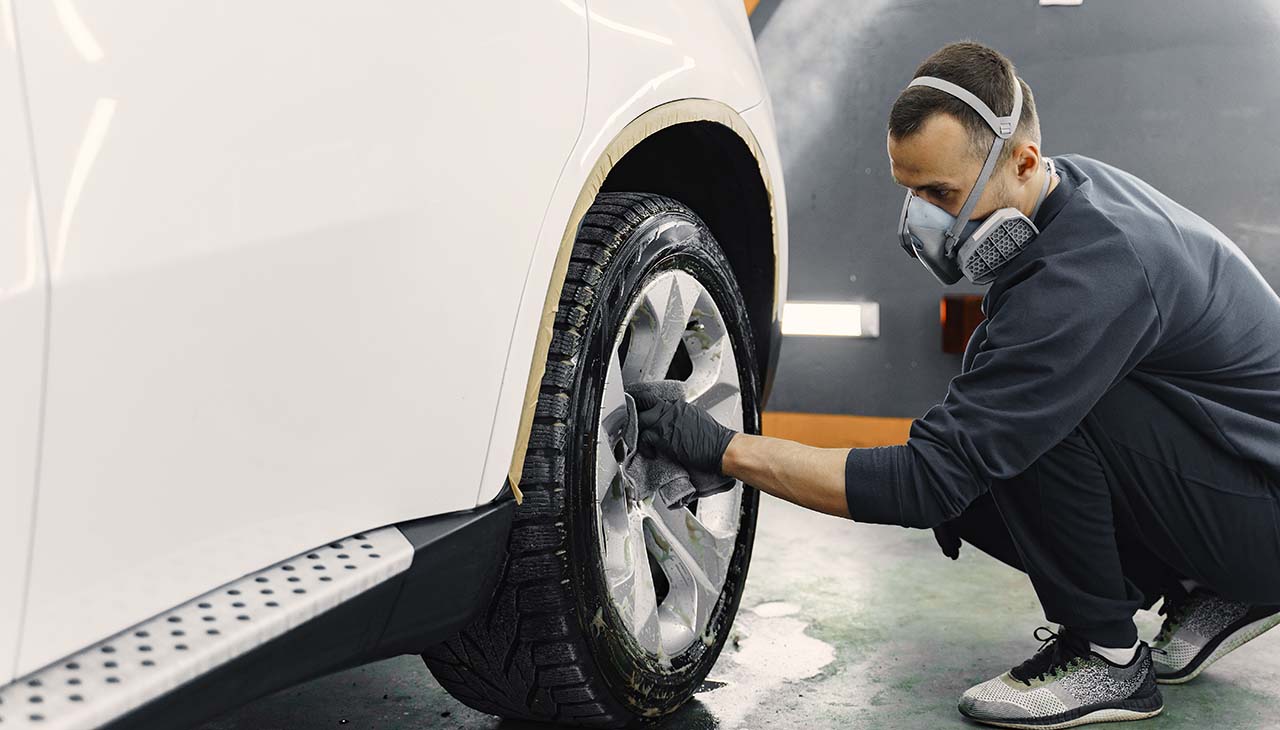Japanese sports cars have long represented a pinnacle of automotive design, offering a unique blend of performance, style, and reliability that is both accessible and highly appealing to enthusiasts around the globe. This guide is dedicated to those who wish to take these marvels of engineering to the next level through tuning. Whether you’re a seasoned mechanic or a weekend warrior, we will walk you through the nuances of enhancing your vehicle’s performance, aesthetic appeal, and overall driving experience. From turbocharging to suspension tweaks and body modifications, we’ll cover key aspects to help you make informed decisions on your tuning journey.
Types of Japanese Car Sub-Cultures
JDM Modifications
The Japanese Domestic Market (JDM) has long been at the forefront of automotive innovation and style, giving rise to a unique sub-culture that emphasizes distinctive modifications. Such modifications often include engine upgrades for enhanced performance, suspension adjustments for better handling, and aesthetic enhancements to mirror the sleek, aggressive appearance of race-ready vehicles. JDM enthusiasts frequently opt for aftermarket parts that improve speed and efficiency, with a keen focus on achieving a balance between form and function.
Auto Tuning
Auto tuning encompasses a broad spectrum of adjustments and modifications that can significantly improve a car’s performance and appearance. This complete guide is designed to assist both beginners and seasoned professionals in navigating the extensive world of automotive tuning. It covers essential topics such as engine tuning, aerodynamic enhancements, and the intricacies of selecting the right aftermarket parts to achieve your desired outcome. Whether you’re looking to optimize your car for daily driving or preparing for competitive racing, this guide offers invaluable insights into making the most of your vehicle.
Sports Car Tuning
The ultimate guide to sports car tuning aims to provide in-depth information on how to enhance the performance of high-powered vehicles. It dives into various aspects of tuning, from increasing horsepower and torque to improving handling and stability at high speeds. This guide also explores the latest trends in sports car modification, including the use of advanced materials and technology to reduce weight and increase aerodynamic efficiency. For those passionate about pushing their sports cars to the absolute limit, this guide serves as an essential resource for achieving peak performance.
Basics of Tuning 90’s Japanese Cars
The 1990s were a golden era for Japanese automakers, producing iconic models that remain highly sought after by enthusiasts today. Tuning these classic cars involves a unique approach, focusing on enhancing their inherent qualities while respecting the original design and engineering. This overview provides practical advice on beginning your tuning journey with a 90’s Japanese car, covering fundamental modifications such as engine swaps, suspension upgrades, and cosmetic changes. Here, you’ll learn how to preserve the spirit of the 90s while making meaningful improvements to your vehicle’s performance and aesthetics.
Getting Started with Tuning
If you’re new to the world of tuning Japanese sports cars, here are some key steps to get you started:
- Research and Education: Understand the basics of tuning and familiarize yourself with different modification options. This foundational knowledge is crucial for making informed decisions as you progress.
- Setting Goals: Define your tuning goals, whether it’s improving performance, enhancing aesthetics, or both. Clear objectives guide your modification choices and help you measure progress.
- Choosing the Right Parts: Select quality tuning products and components that align with your goals and budget. Opting for reputable brands can significantly impact your car’s performance and reliability.
- Installation and Testing: Properly install the modifications and test your car to ensure everything functions as intended. This step is vital for safety and achieving the desired outcomes from your tuning efforts.
- Fine-Tuning: Continuously refine and adjust your setup to achieve optimal performance and satisfaction. Tuning is an ongoing process, with each adjustment bringing you closer to your ideal driving experience.
Conclusion
Tuning Japanese sports cars is more than just a pastime; it’s a passion that unites enthusiasts across the globe. By adhering to comprehensive guides, absorbing wisdom from seasoned experts, and maintaining fidelity to the essence of Japanese car culture, you can tap into the vast potential of your vehicle. This will not only enhance its performance and aesthetics but also usher you into the community of dedicated tuners who are constantly challenging the limits of what these vehicles can achieve. Whether you’re fine-tuning an engine, perfecting the suspension setup, or applying the final touches to the car’s exterior, each step you take brings you closer to realizing the dream of ultimate automotive performance.
